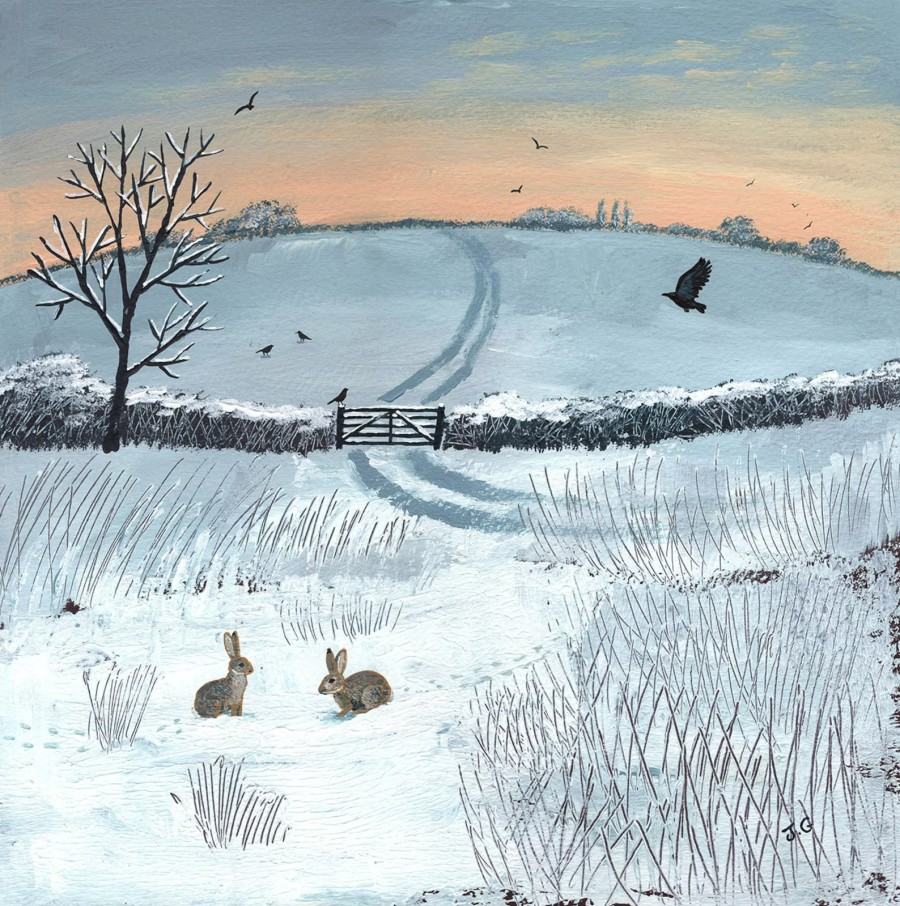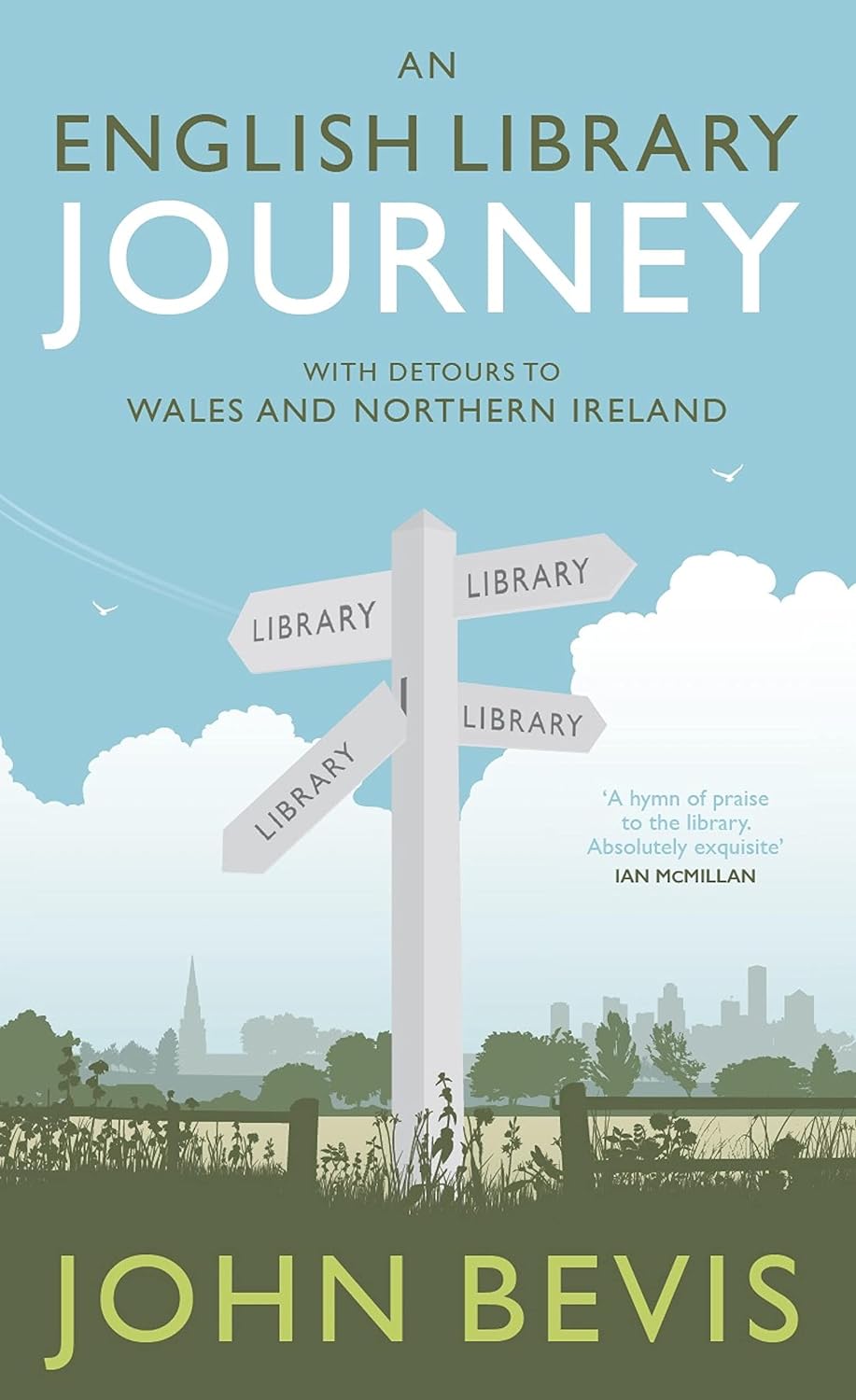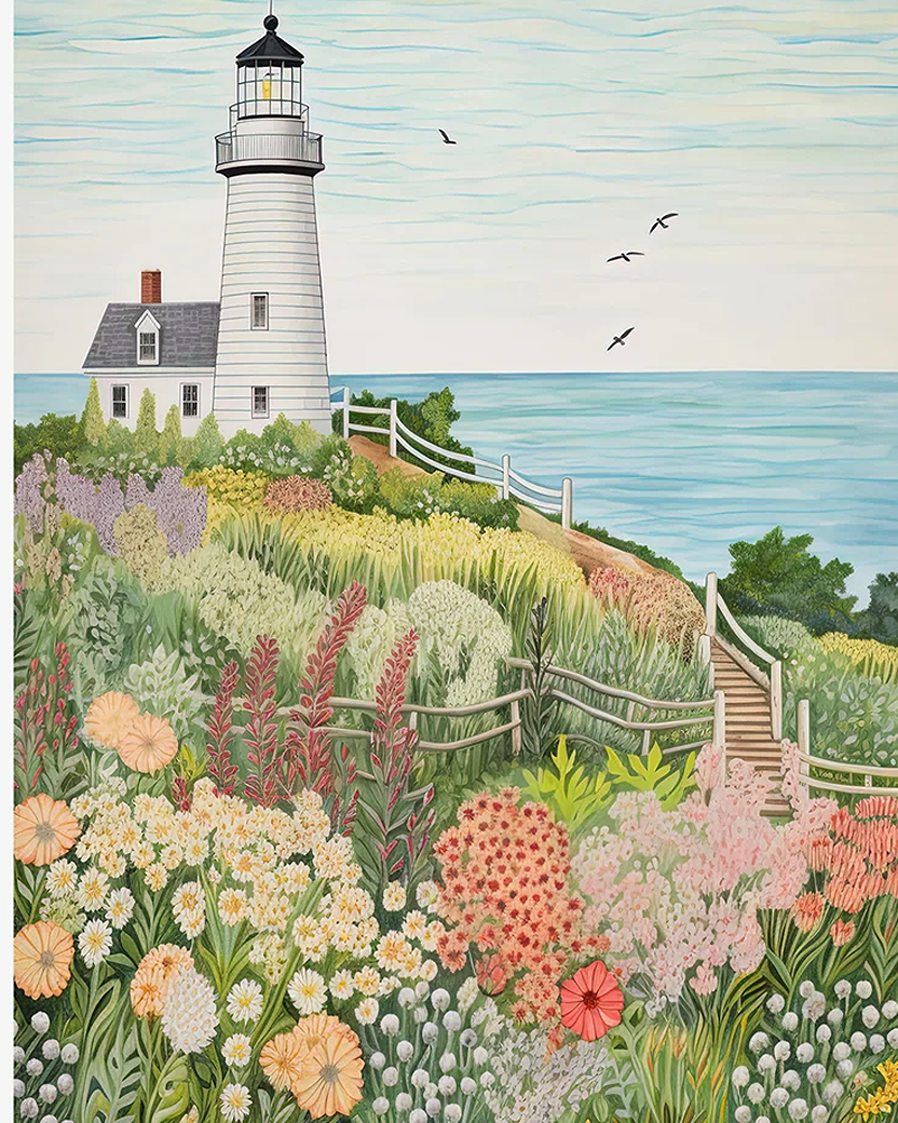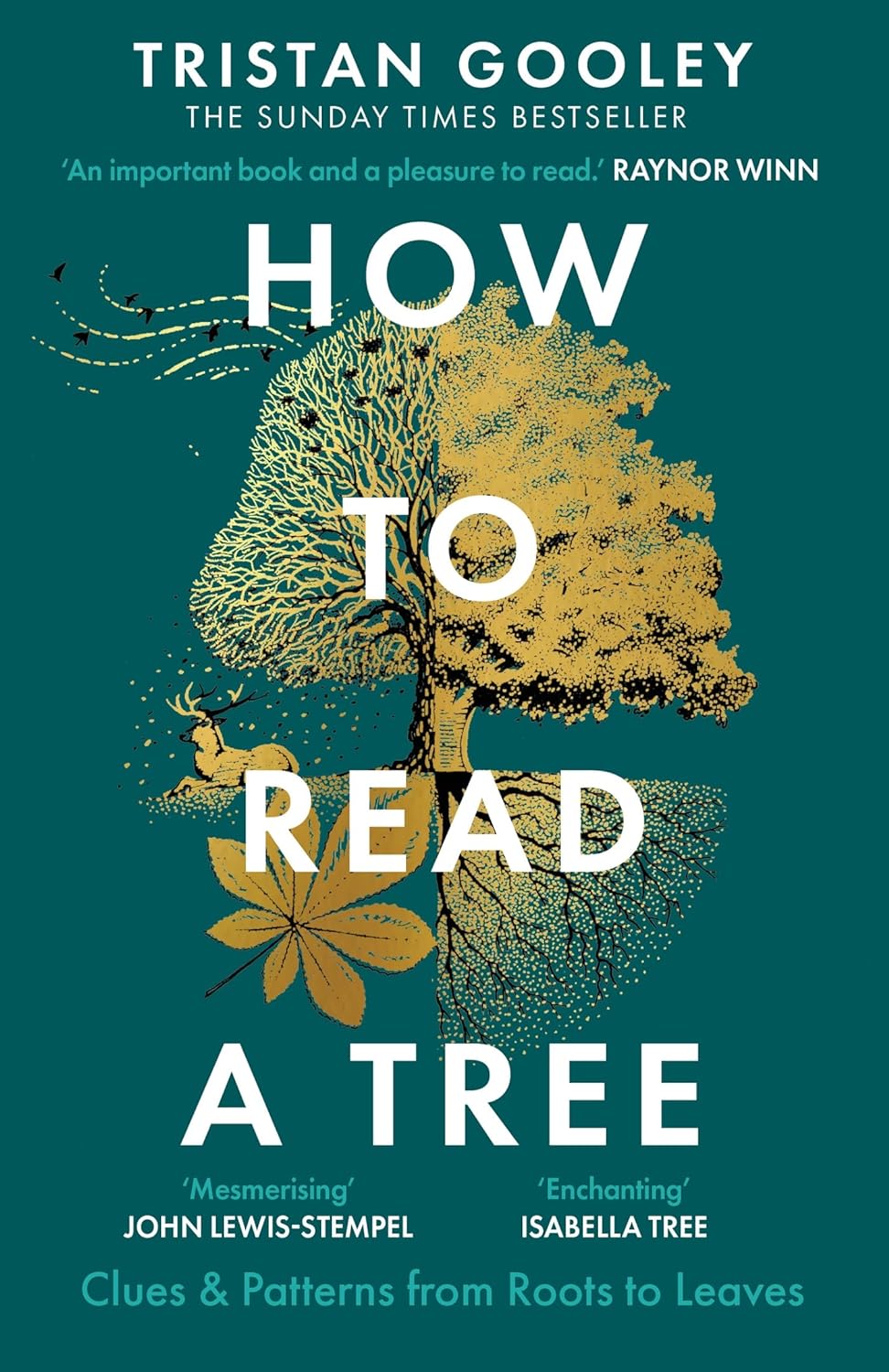
Nearly all land in England is owned by just a few people. The royal family owns around 250,000 acres (outside 600,000 acres of crown estate) with environmentalist Guy Shrobsole saying if this was the same for everyone, England would be owned by just 250 people.
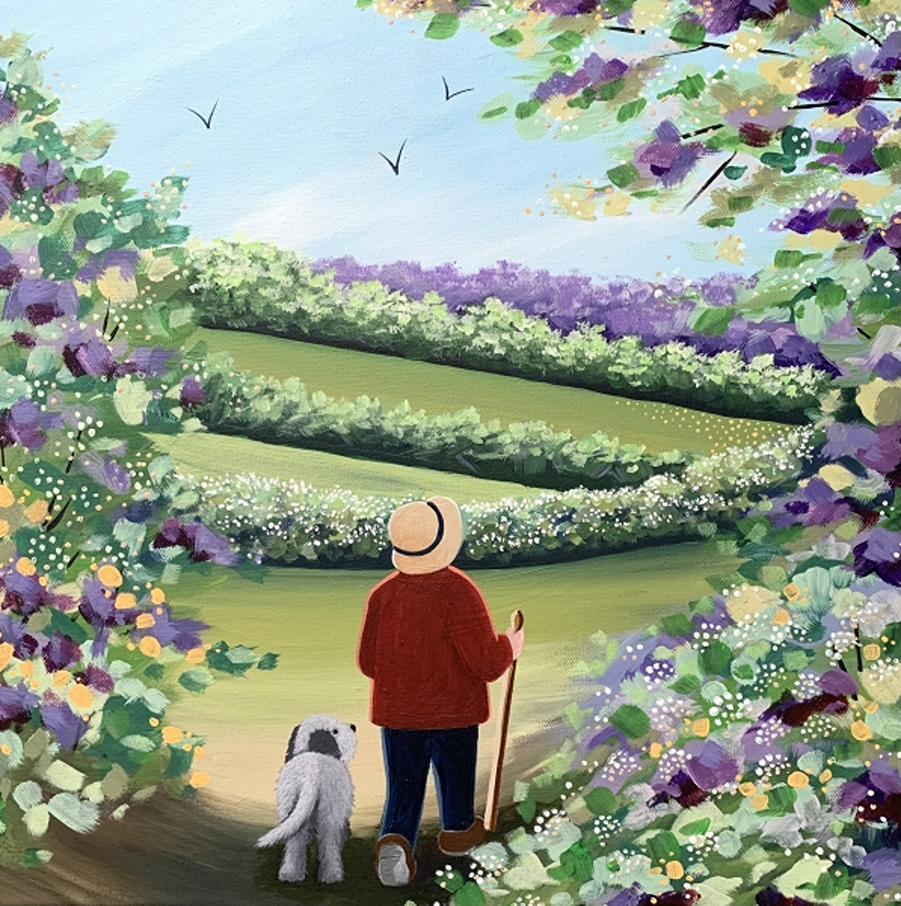
Most of Belgravia (and around half of neighbouring Mayfair, the most expensive property on the Monopoly board) is owned by the Duke of Westminster. The previous Duke of Westminster went to court in the famous ‘Westminster vs Westminster’ case, when he was told to legally sell 750,000 properties to leaseholders at a fair price, due to long-term tenancy. He resigned from the Conservative party in protest, despite owning up to 300 acres of exclusive London districts with an estimated worth of 3.5 billion pounds.
Since his death, the empire has now transferred to the very young shoulders of his son, who despite being born with ‘the longest silver spoon anyone could have’ is at least using some of his wealth to help the less fortunate in society. However there are calls for him to ban hunting on estates he owns (one creature was actually killed in someone’s garden, after the hunt pursued it onto private land).
should golf courses share land with others?
Golf courses tend to be very well-maintained and none of us want louts coming in and dropping litter etc. But there is a huge disparity here. England has around 25% of all Europe’s golf courses (usually over several acres). And no we don’t have to build houses on them (we can built cheap and naturally insulated new eco homes on existing disused land).
But environmentalist Guy Shrubsole who wrote the amazing book Who Owns England? does have a point when he looks at how many of the huge golf courses for just a few people could provide the public green space we so desperately need for public physical and mental health.
Higher income groups have access to nature at beach houses, lake cabins, golf courses or large gardens. For the poor, the alternative to television for leisure time is public space. For this reason, parks in particular are evidence of true democracy at work. Enrique Peñalosa (former mayor of Bogotá, Colombia)
Half the London golf courses are owned by councils or The Crown Estate. Together they make up 131 courses covering 11,000 acres that is the second largest amount of green space in London after parks and public gardens. Nationwide, golf courses make up 10 times more land area than allotments, with around a sixth of them in the London area. Together that’s half the land area of the National Trust. This leads him to ask why all those golf clubs are sitting there, while people are craving for space to walk themselves, their children and dogs – and the NHS savings would be enormous, by creating walkable communities.
London’s Beckenham Place Park is the first former golf course to be turned into a public park by Lewisham Council. It has a 5km walking/cycle track, wildflower meadows, ancient oaks, luxury lawns and even a swimming lake. People enjoy woodland walks and picnics, children play football and visitors sip wine at the nearby mansion cafe. Just 9 miles from Trafalgar Square, this is set on the site of a former golf course (of 100 years) that was closed in 2016. At 86 hectares, it’s now one of the largest public parks in London.
Whenever we take a family walk to a nearby golf course, we follow a dirt trail around the perimeter, the only area in which us non-golfing ‘commonfolk’ are allowed. We circle toward home (the view obscured by an ugly chainlink fence) there is a distinct sense of exclusion. That privilege is reserved for the golfers – unsurprisingly mostly middle-aged older white men. We never see more than a dozen of them at a time. That so much land is reserved for so few people incenses my daughter. It’s not fair. She’s going to write a letter to the mayor, she says. I feel the same way I do when I walk through First Class on an airplane. Kerala Taylor
dividing parcels of land among villagers
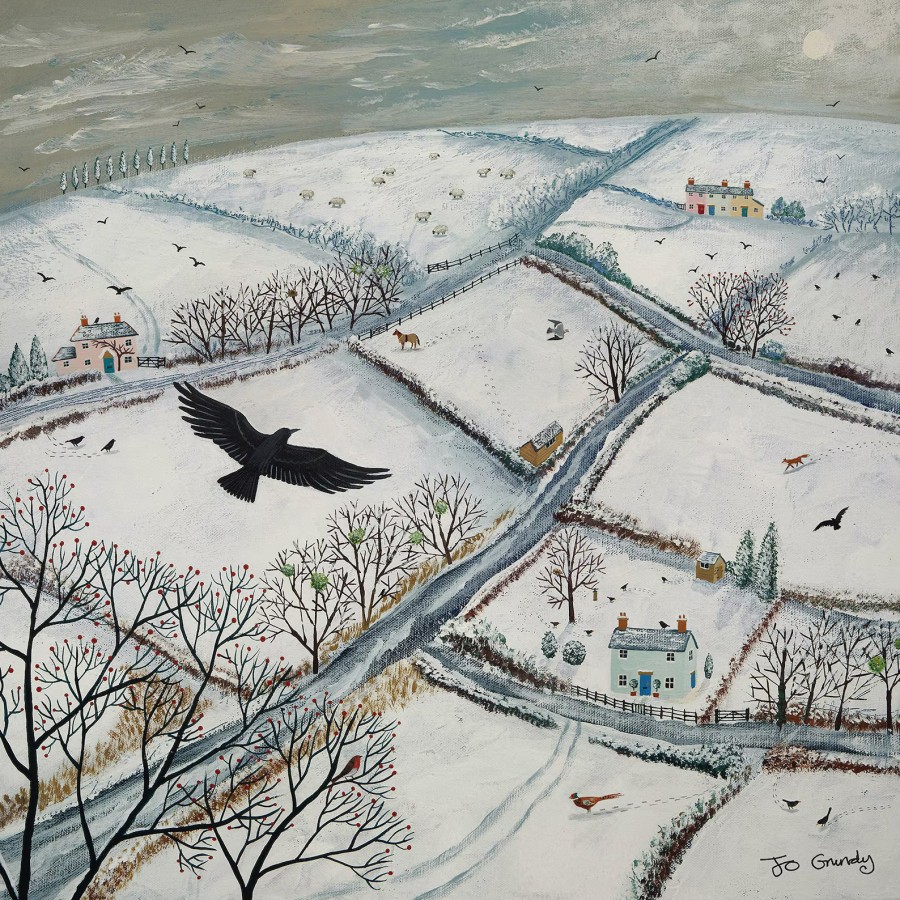
An interesting village is Laxton, one of just a few left to practice open field strip farming, which divides parcels of land between villagers (a bit like a community shop, so everyone gets access to equal share of food). Unlike today when a tiny majority of people own our land.
who really owns our private gardens?
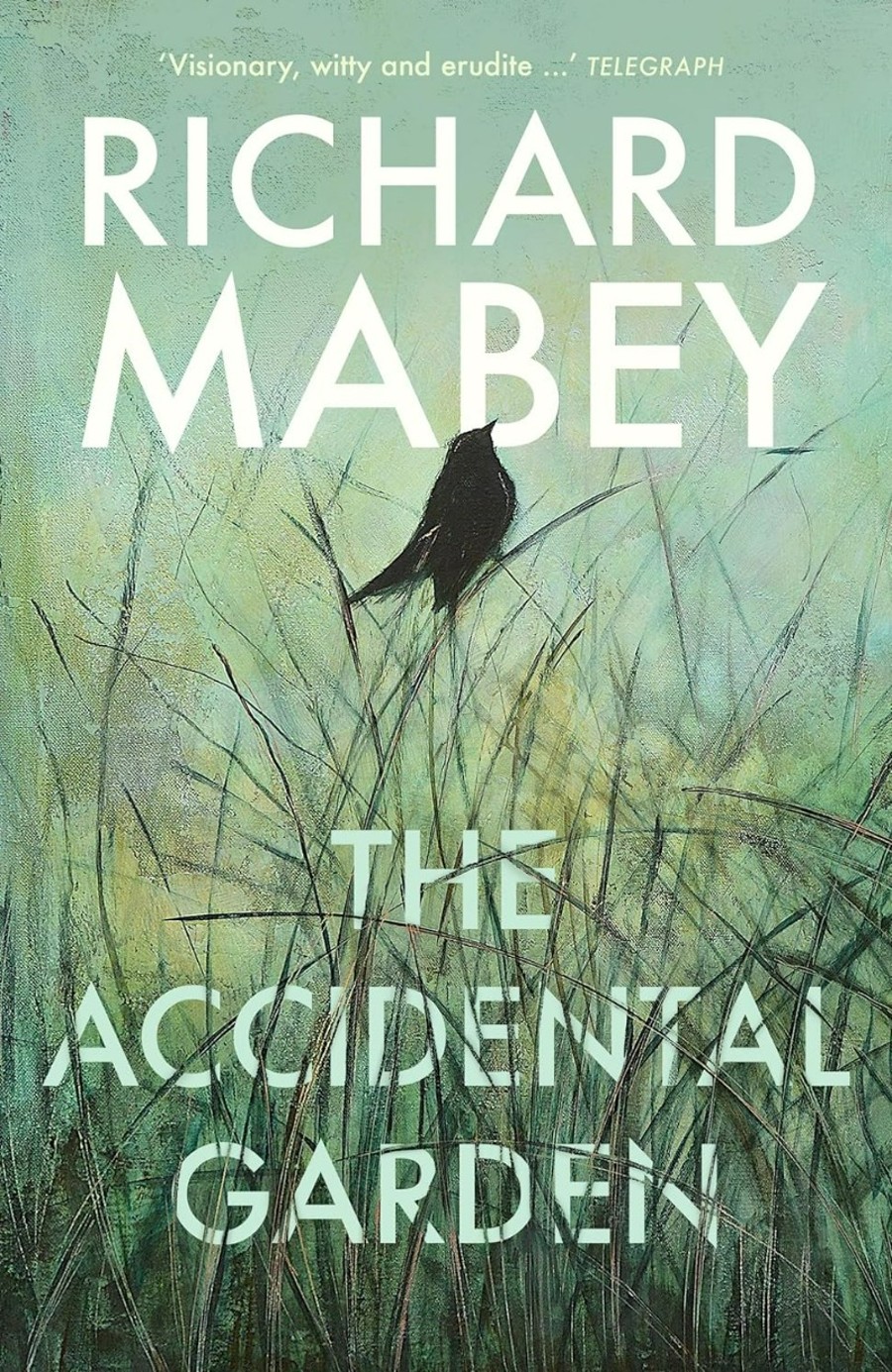
The Accidental Gardener is a unique book that focuses on why we always tend to think of private gardens as ‘ours’ when in fact, they are of course belonging to the natural world. It is bees that pollinate our food (not us) so we can learn to share our outdoor spaces with all those who benefit.
Before growing, learn how to make gardens safe for pets. Avoid facing indoor foliage to gardens, to help stop birds flying into windows.
Gardens do not ‘belong to us’. They are also occuped by other creatures who all have their own lives to lead. The conflict between these two power bases is a microcosm of what is happening in the larger world (i.e war).
Rooted in the daily drama of his own Norfolk garden, the ‘godfather of nature writing’ offers a different scenario, where nature becomes an equal partner. Against a background of disordered seasons, he watches his ‘accidental garden’ reorganising itself:
- Ants sow cowslip seeds in parched grass
- Moorhens take to nesting in trees
- A self-seeded rose springs up in the gravel
The garden becomes a place of cultural and ecological fusion, and perhaps a metaphor for a troubled planet.
This new work by the ever-marvellous Mabey exhorts us to pay our dues to the other inhabitants of our gardens. Caroline Sanderson
Richard Mabey is one of England’s greatest nature writers. He is author of 30 books and a regular commentator of on radio. He is an elected Fellow in the Royal Society of Literature.

